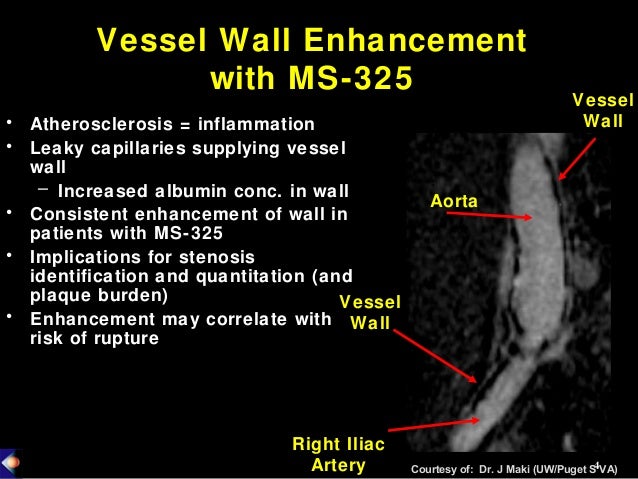
The last 2 agents, Multihance and Eovist, are partly excreted in bile (hereafter referred to as HPB-Gd agents).

Giles, U.K.), Gd-HP-DO3A (ProHance ®, Bracco Diagnostics, Princeton, NJ), Gd-DTPA-BMEA (Optimark™, Covidien Pharmaceuticals, Hazelwood, MO), Gd-EOB-DTAP (Eovist ®, Bayer HealthCare Pharmaceuticals) and Gd-BOPTA (MultiHance ®, Bracco Diagnostics). Examples include Gd-DTPA-BMA (OMNISCAN™, GE Healthcare, Chalfont, St.

3 Since then, other GBCAs have been developed by pharmaceutical companies. This was approved by the United States Food and Drug Administration (FDA) for use in humans in 1988. The first GBCA to be used in clinical practice was Gd-DTPA (MAGNEVIST ®, Bayer HealthCare Pharmaceuticals, Wayne, NJ). The HPB agents are accumulated in the hepatocytes and excreted in bile. The RE agents are accumulated in the reticuloendothelial system (i.e., Kupffer cells in the liver). Based on the biological distribution, GBCAs behave similar to iodinated contrast used in computed tomography (CT), by distributing into the extracellular compartment. The GBCAs and HPB agents are paramagnetic, while the RE agents are super-paramagnetic. The non-GBCAs include reticuloendothelial (RE) agents and hepatobiliary (HPB) agents. They can be divided into gadolinium-based chelated agents (GBCA) and non-GBCA. MR contrast agents have been classified based on their chemical properties, mechanism of action and their biological distribution. We also discuss recent advancements in imaging features of focal liver lesions.

1,2 In this article, we briefly discuss the various MR contrast agents used in liver imaging, including classification, dose and mechanism of action, and side effects. There has been much discussion about the use of CE MRI of liver masses. With the advent of newer sequences and higher magnetic fields, which allow for greater temporal and spatial resolution, dynamic contrast-enhanced (CE) imaging of the liver now plays a dominant role in lesion characterization. Liver imaging has improved with advances in magnetic resonance imaging (MRI) technology.


 0 kommentar(er)
0 kommentar(er)
